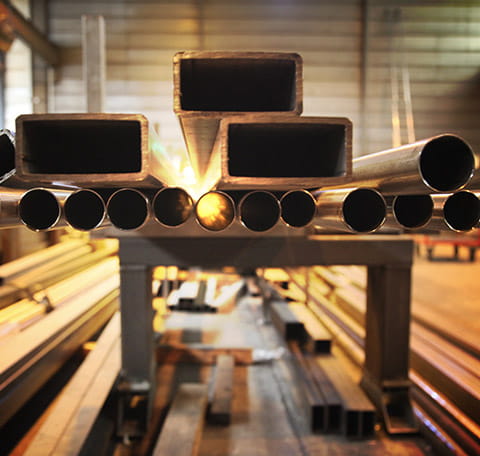
# Thermal Imaging Camera: A Comprehensive Guide to Advanced Heat Detection Technology
## Introduction to Thermal Imaging Cameras
Thermal imaging cameras, also known as infrared cameras, are powerful devices that detect heat signatures and convert them into visible images. These advanced tools have revolutionized various industries by allowing professionals to “see” heat patterns invisible to the naked eye.
## How Thermal Imaging Cameras Work
At their core, thermal cameras detect infrared radiation emitted by all objects above absolute zero. The camera’s sensors measure this radiation and create a thermogram – a visual representation of temperature differences. Unlike traditional cameras that capture visible light, thermal imagers focus on the infrared spectrum (typically between 7,000-14,000 nanometers).
The technology behind these cameras involves sophisticated microbolometers that detect minute temperature variations. These sensors convert thermal energy into electrical signals, which are then processed to create detailed thermal images with color-coded temperature scales.
## Key Applications of Thermal Imaging
Building Inspection and Energy Audits
Thermal cameras excel at identifying heat loss in buildings, detecting insulation gaps, and locating moisture intrusion. Energy auditors use them to pinpoint areas needing improvement in a structure’s thermal envelope.
Electrical Maintenance
In electrical systems, thermal imaging helps identify overheating components, loose connections, and potential failure points before they cause outages or fires.
Industrial Predictive Maintenance
Manufacturing plants use thermal cameras to monitor equipment temperature patterns, detecting abnormal heat signatures that indicate impending mechanical failures.
Medical and Healthcare
In healthcare settings, thermal imaging assists with fever screening, inflammation detection, and circulatory system assessments without physical contact.
Security and Surveillance
Thermal cameras provide excellent night vision capabilities, detecting intruders based on body heat regardless of lighting conditions.
## Choosing the Right Thermal Imaging Camera
When selecting a thermal camera, consider these critical factors:
- Resolution: Higher resolution provides more detailed images (common options range from 80×60 to 640×480 pixels)
- Temperature range: Ensure the camera covers the expected temperature variations in your applications
- Thermal sensitivity: Measured in millikelvins (mK), lower numbers indicate better ability to detect small temperature differences
- Lens options: Different lenses offer varying fields of view for specific applications
- Additional features: Consider WiFi connectivity, image storage, and analysis software compatibility
Keyword: thermal imaging camera
## Advanced Features in Modern Thermal Cameras
Recent advancements in thermal imaging technology have introduced exciting features:
MSX® Technology
This innovative feature combines visible light details with thermal images, creating sharper, more recognizable pictures while maintaining accurate thermal data.
Radiometric Imaging
Some high-end cameras capture temperature data for every pixel, allowing precise temperature measurement across the entire image.
AI-Powered Analytics
Modern systems incorporate artificial intelligence to automatically detect anomalies and potential issues in thermal patterns.
Portable and Smartphone-Compatible Options
Compact thermal cameras and smartphone attachments have made this technology more accessible to professionals and enthusiasts alike.
## Maintenance and Best Practices
To ensure optimal performance and longevity of your thermal imaging camera:
- Regularly calibrate the device according to manufacturer guidelines
- Store the camera in appropriate temperature and humidity conditions
- Keep lenses clean using approved cleaning methods
- Avoid rapid temperature changes that could cause condensation
- Update firmware regularly to access new features and improvements
</ul
Comments are closed